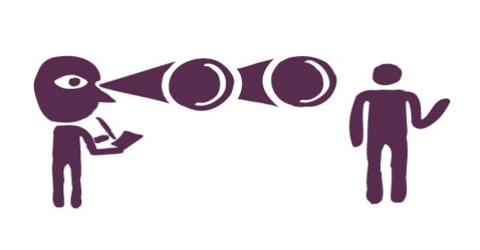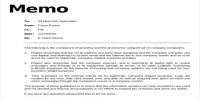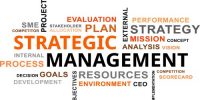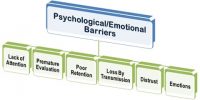Personal Observation
This is the most traditional method of control. Personal observation enables the manager to collect first-hand information. It is the simplest method to control organizational activities is that managers take round at the workplace and monitor the development of the work. It is the most effective, direct and oldest method of control. It also creates a psychological pressure on the employees to perform well as they are aware that they are being observed personally on their job. Any fault in performance can be spotted and corrected instantly. The personal observer accurately knows what is wrong and can take essential proceedings quickly. Thus, the managers can preserve work regulation among the employees, they can take immediate action to prevent resistance to control measures. However, it is a very time-consuming exercise and cannot effectively be used in all kinds of jobs. Besides, there may be the manipulate of personal partiality of the observer which may influence the valuation.
Personal observation may have a negative impact in some cases. However, this technique demotivates the employees who work under the mental stress of being continuously watched. The managers require holding discussion with the persons whose work is being controlled and they should watch the definite operations. Self-motivated employees do not like to be closely supervised.
Advantages of Personal Observation
- If the researcher observes and records events, it is not necessary to rely on the willingness and ability of respondents to report accurately.
- The biasing effect of interviewers is either eliminated or reduced. Data collected by observation are, thus, more objective and generally more accurate.
- Small, medium-sized and non-profit organizations can be benefited more by this method of control than large and profit-making organizations.
Disadvantages of Personal Observation
- The most limiting factor in the use of the observation method is the inability to observe such things such as attitudes, motivations, customers/consumers’ state of mind, their buying motives and their images.
- This method is not appropriate for large-scale organizations where managers cannot spend time in personally observing the performance of each worker.
- It also takes time for the investigator to wait for a particular action to take place.
In conclusion, Personal observation largely involves the evaluation of human performance. The managers have the accountability of implementing the managerial objectives whatever manages techniques they use. Therefore, the accomplishment of personal observation as an instrument of control depends upon how much information an administrator can gather through this technique.















